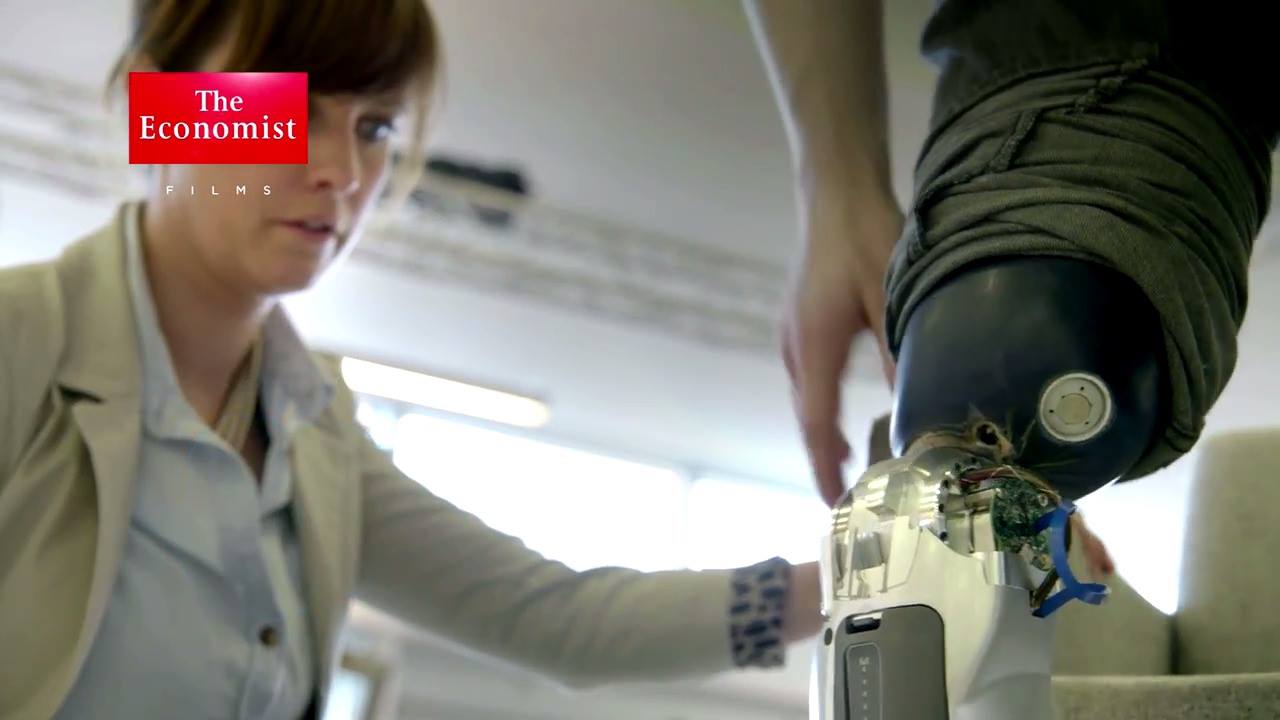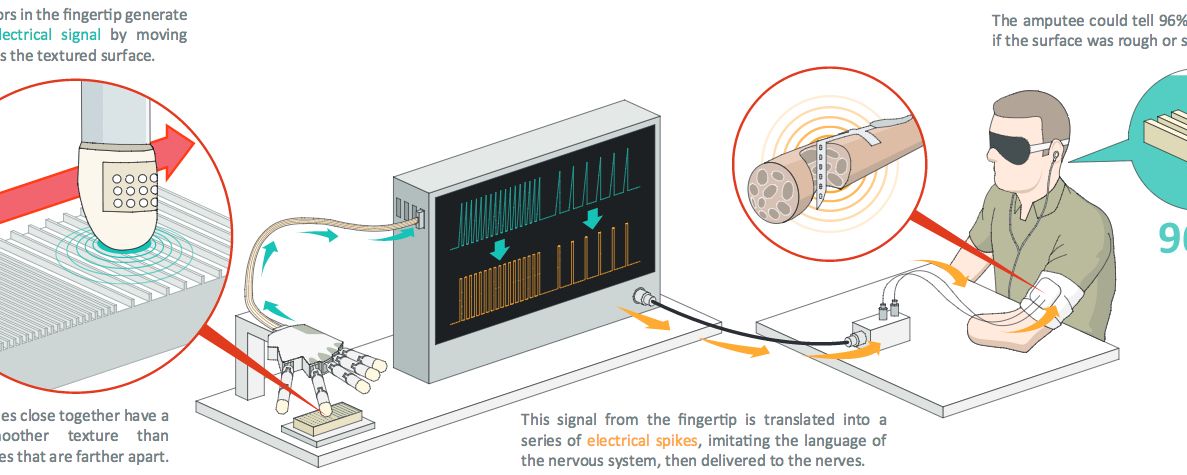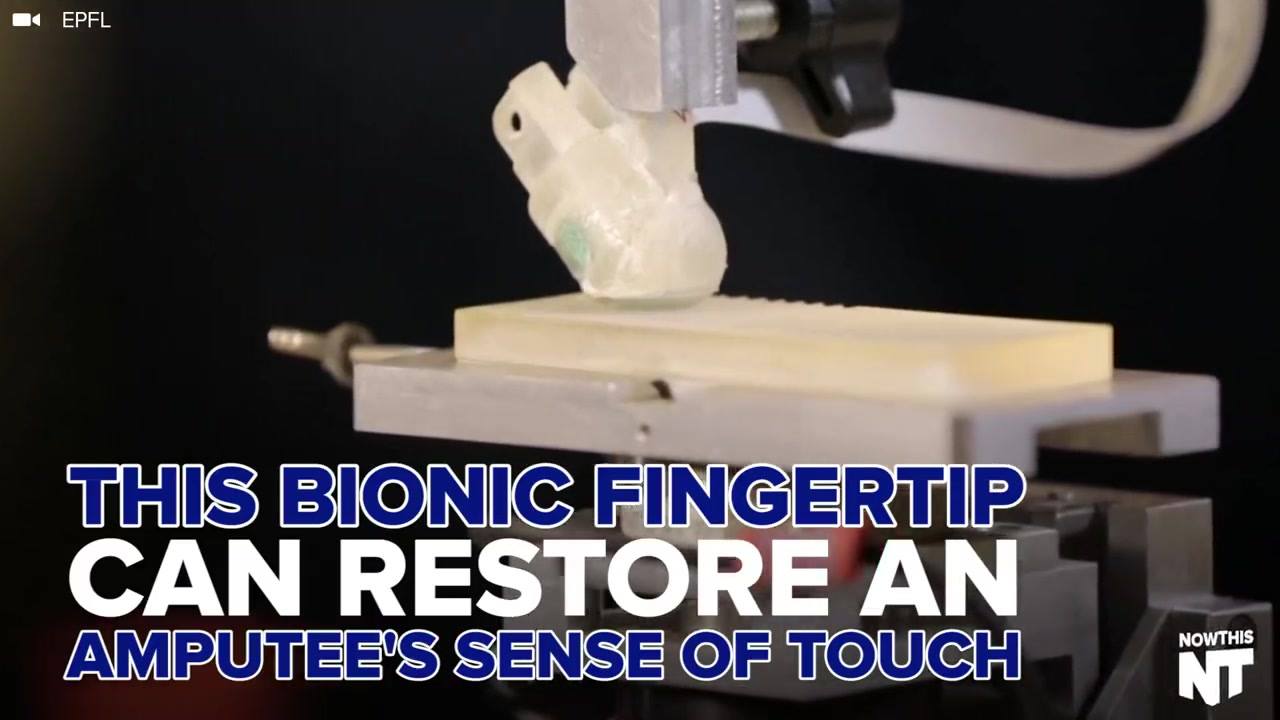Archive for the ‘transhumanism’ category: Page 118
Mar 18, 2016
Who’s Afraid of Existential Risk? Or, Why It’s Time to Bring the Cold War out of the Cold
Posted by Steve Fuller in categories: defense, disruptive technology, economics, existential risks, governance, innovation, military, philosophy, policy, robotics/AI, strategy, theory, transhumanism
At least in public relations terms, transhumanism is a house divided against itself. On the one hand, there are the ingenious efforts of Zoltan Istvan – in the guise of an ongoing US presidential bid — to promote an upbeat image of the movement by focusing on human life extension and other tech-based forms of empowerment that might appeal to ordinary voters. On the other hand, there is transhumanism’s image in the ‘serious’ mainstream media, which is currently dominated by Nick Bostrom’s warnings of a superintelligence-based apocalypse. The smart machines will eat not only our jobs but eat us as well, if we don’t introduce enough security measures.
Of course, as a founder of contemporary transhumanism, Bostrom does not wish to stop artificial intelligence research, and he ultimately believes that we can prevent worst case scenarios if we act now. Thus, we see a growing trade in the management of ‘existential risks’, which focusses on how we might prevent if not predict any such tech-based species-annihilating prospects. Nevertheless, this turn of events has made some observers reasonably wonder whether indeed it might not be better simply to put a halt to artificial intelligence research altogether. As a result, the precautionary principle, previously invoked in the context of environmental and health policy, has been given a new lease on life as generalized world-view.
The idea of ‘existential risk’ capitalizes on the prospect of a very unlikely event that, were it to pass, would be extremely catastrophic for the human condition. Thus, the high value of the outcome psychologically counterbalances its low probability. It’s a bit like Pascal’s wager, whereby the potentially negative consequences of you not believing in God – to wit, eternal damnation — rationally compels you to believe in God, despite your instinctive doubts about the deity’s existence.
However, this line of reasoning underestimates both the weakness and the strength of human intelligence. On the one hand, we’re not so powerful as to create a ‘weapon of mass destruction’, however defined, that could annihilate all of humanity; on the other, we’re not so weak as to be unable to recover from whatever errors of design or judgement that might be committed in the normal advance of science and technology in the human life-world. I make this point not to counsel complacency but to question whether ‘existential risk’ is really the high concept that it is cracked up to be. I don’t believe it is.
Mar 15, 2016
‘Cyborg heart patch’ combines electronics and living tissue
Posted by Shailesh Prasad in categories: biotech/medical, computing, cyborgs, electronics, neuroscience, transhumanism
One of the latest inventions out of Tel Aviv University can patch up broken hearts. We’re talking about the real organs here, especially those damaged by myocardial infarction or heart attack. A team from the Israeli university created a “cyborg heart patch” that combines both living tissue and electronic components to replace the damaged parts of the organ. “It’s very science fiction, but it’s already here,” says one of its creators, Prof. Tal Dvir. “[W]e expect it to move cardiac research forward in a big way.” The patch can contract and expand like real heart tissue can, but it can do much, much more than that.
The electronic components allow doctors to remotely monitor their patients’ condition from afar. A physician could log into a computer and see if the implant is working as intended. If he senses that something’s amiss, he could release drugs to, say, regulate inflammation or fix the lack of oxygen. That sounds dangerous to us, since computers can be hacked. But the researchers are aiming to develop the patch further so it can regulate itself with no human intervention.
Dvir warns that the “practical realization of the technology may take some time.” For now, those suffering from cardiovascular diseases will have to rely on current treatment methods. The team is still in the midst of refining their cyborg heart patch. Plus, they’re looking at how to create bionic brain and spinal cord tissues using what they’ve learned so far to treat neurological conditions.
Continue reading “‘Cyborg heart patch’ combines electronics and living tissue” »
Mar 12, 2016
Making the world’s first brain-controlled bionic leg
Posted by Shailesh Prasad in categories: biotech/medical, cyborgs, electronics, neuroscience, transhumanism
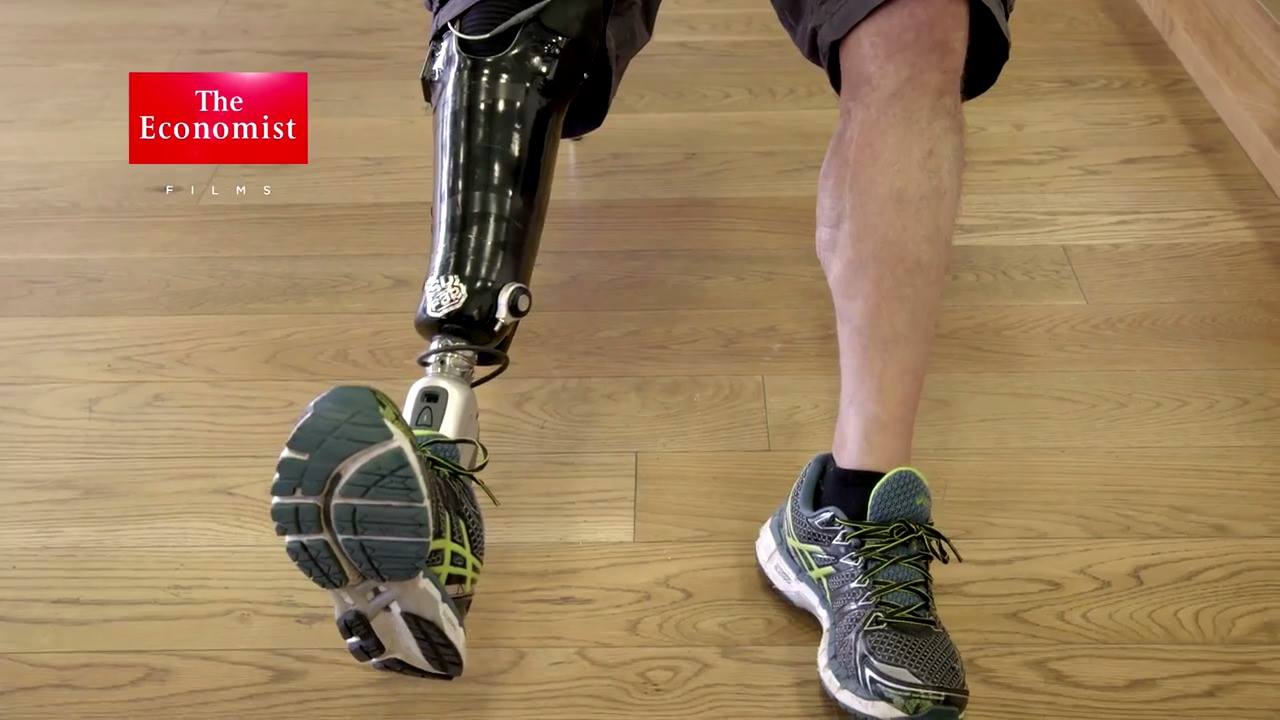
Bionics: surgically inserted sensors controlling a prosthetic limb. Meet the man who sometimes forgets that his bionic leg is not his own.
Mar 11, 2016
Why Won’t Sanders, Clinton, Trump and Cruz Discuss Transhumanist Science Issues?
Posted by Zoltan Istvan in categories: geopolitics, life extension, science, transhumanism
 https://youtube.com/watch?v=MGbGVGgoSPo
https://youtube.com/watch?v=MGbGVGgoSPo
My new Huff Post story asking why the major presidential candidates don’t discuss transhumanist science:
THE BLOG Why Won’t Sanders, Clinton, Trump and Cruz Discuss Transhumanist Science Issues? 03/11/2016 03:49 pm ET Zoltan Istvan US Presidential candidate of Transhumanist Party; Creator of Immortality Bus; Author of #1 bestselling Philosophy novel ‘The Transhumanist Wager’ Image by DonkeyHotey Have y…
Mar 11, 2016
Amputee feels texture with a ‘bionic’ fingertip
Posted by Sean Brazell in categories: cyborgs, electronics, transhumanism
Amputee Dennis Aabo Sørensen is the first person in the world to recognize texture (smoothness vs. roughness) using an artificial “bionic” fingertip surgically connected to nerves in his upper arm. The experimental system was developed by EPFL (Ecole polytechnique fédérale de Lausanne) and SSSA (Scuola Superiore Sant’Anna).
“The stimulation felt almost like what I would feel with my hand,” says Sørensen. “I felt the texture sensations at the tip of the index finger of my phantom hand.”
Mar 9, 2016
This bionic fingertip can restore the sense of touch for amputees
Posted by Shailesh Prasad in categories: cyborgs, transhumanism
Mar 9, 2016
Bionic fingertip lets amputee feel textures
Posted by Karen Hurst in categories: biotech/medical, cyborgs, transhumanism
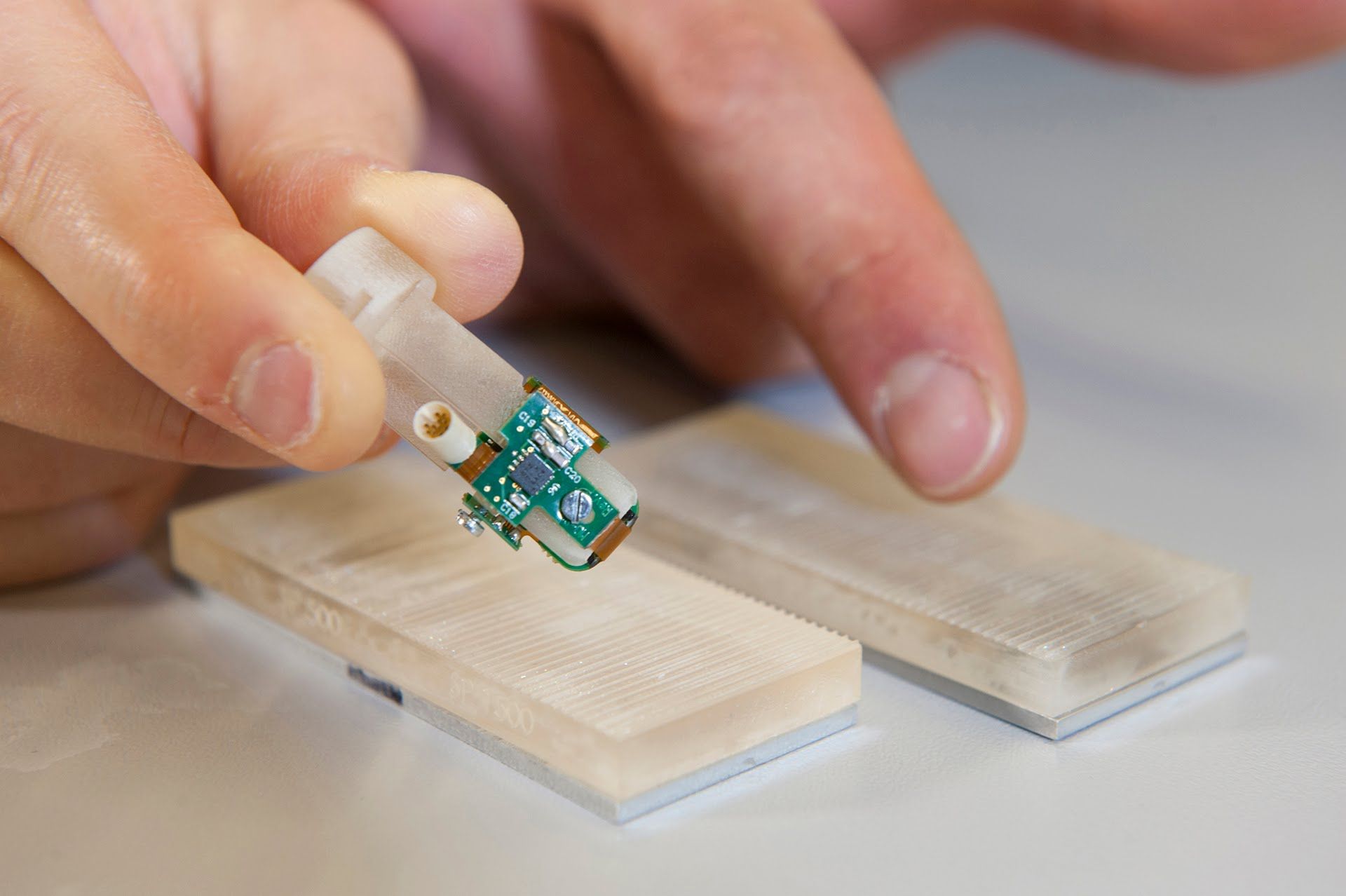
Cool beans.
Using a bionic fingertip, an amputee for the first time has been able to feel rough and smooth textures in real-time, as though the fingertip were naturally connected to his hand.
Continue reading “Bionic fingertip lets amputee feel textures” »
Mar 2, 2016
Never Say Die – SELF/LESS from Science-Fiction to –Fact
Posted by Shailesh Prasad in categories: biotech/medical, cyborgs, ethics, health, life extension, neuroscience, robotics/AI, transhumanism

In SELF/LESS, a dying old man (Academy Award winner Ben Kingsley) transfers his consciousness to the body of a healthy young man (Ryan Reynolds). If you’re into immortality, that’s pretty good product packaging, no?
But this thought-provoking psychological thriller also raises fundamental and felicitous ethical questions about extending life beyond its natural boundaries. Postulating the moral and ethical issues that surround mortality have long been defining characteristics of many notable stories within the sci-fi genre. In fact, the Mary Shelley’s age-old novel, Frankenstein, while having little to no direct plot overlaps [with SELF/LESS], it is considered by many to be among the first examples of the science fiction genre.
Continue reading “Never Say Die – SELF/LESS from Science-Fiction to -Fact” »


